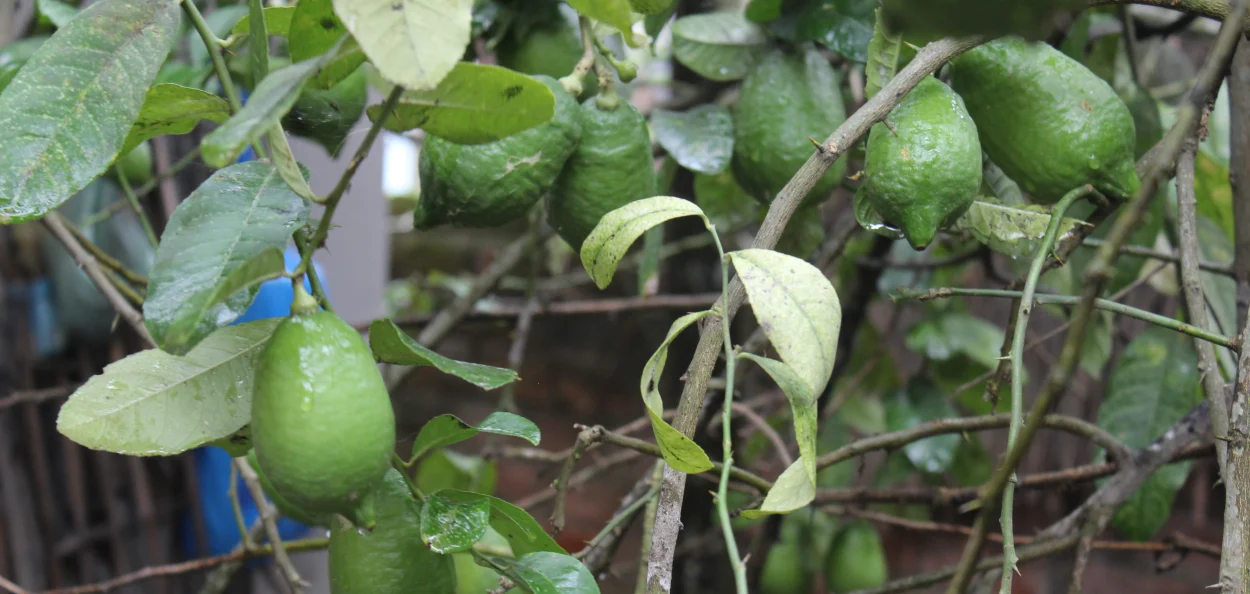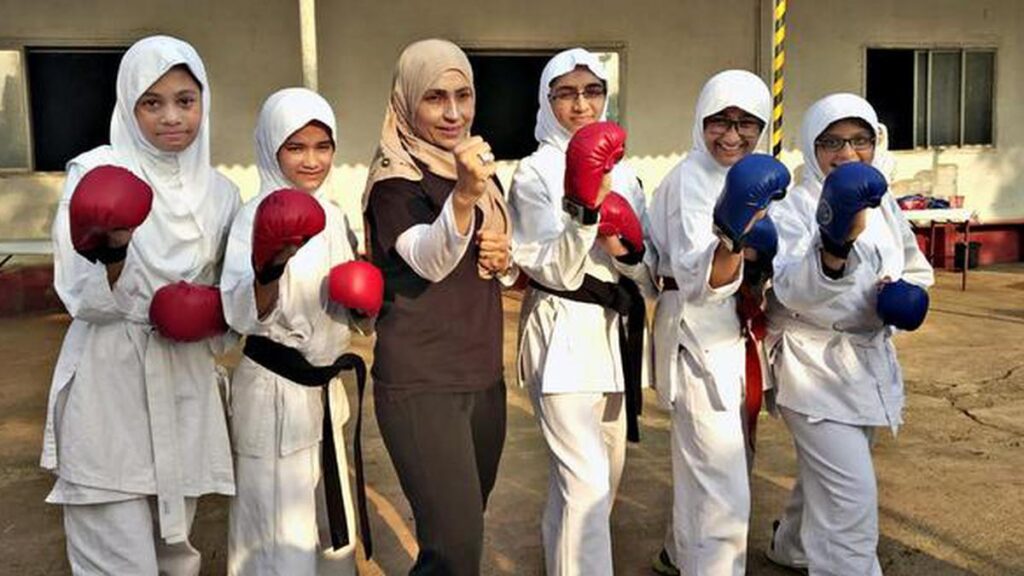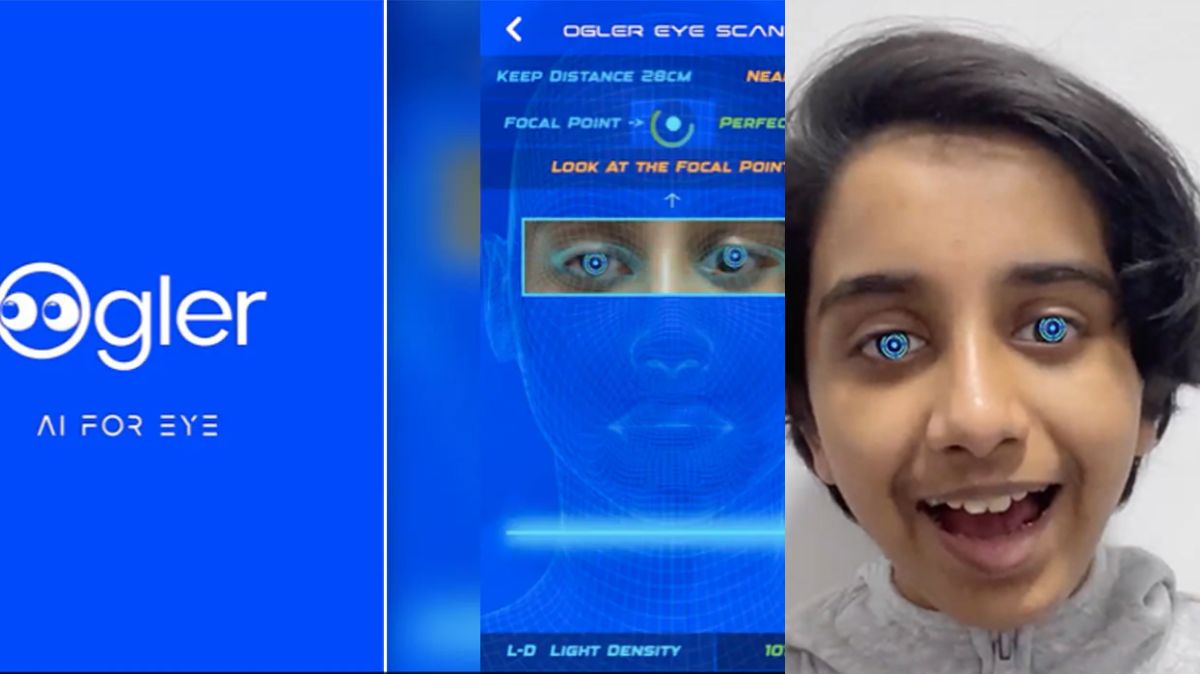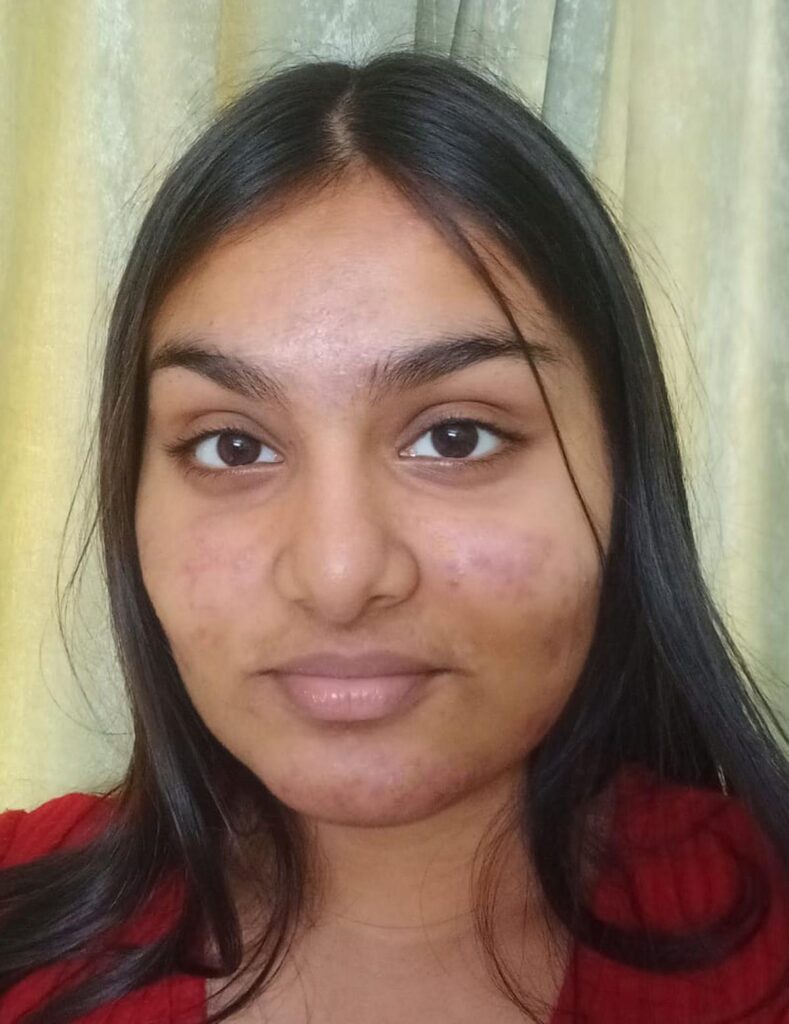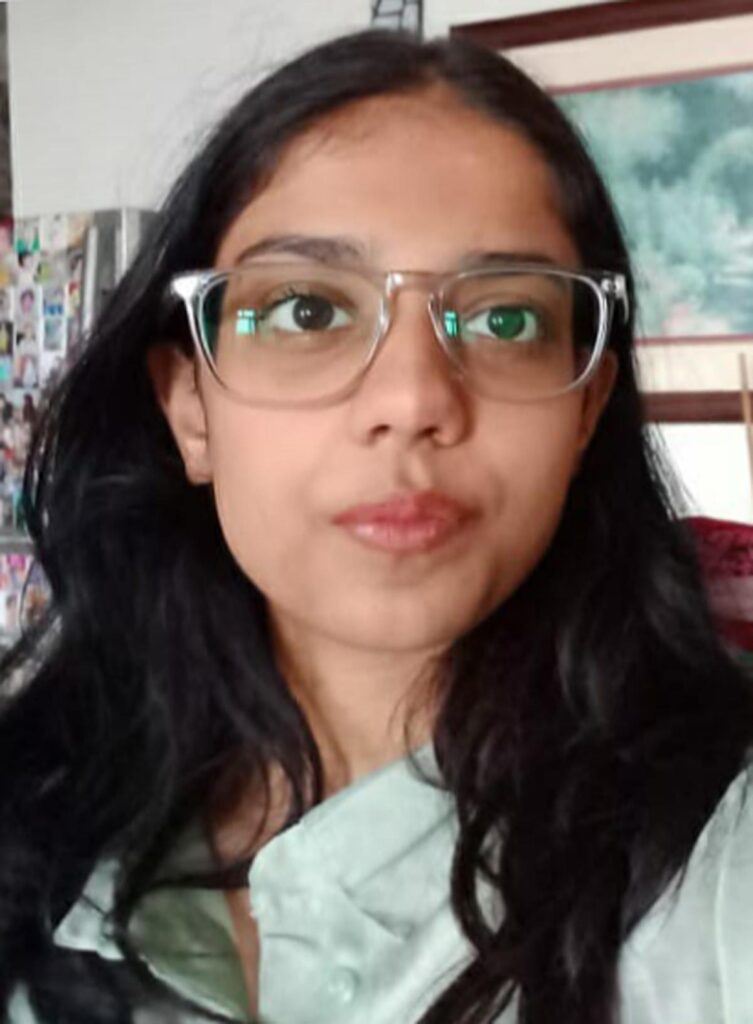Hyderpora (Srinagar) / Pampore, JAMMU & KASHMIR:
Rukhsar Sayeed wishes to see a lot more young Kashmiri girls and boys in MasterChef India.
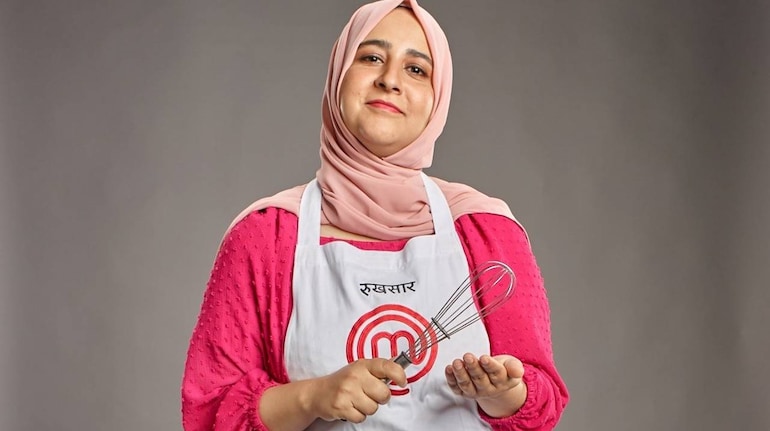
A 34-year-old woman food entrepreneur has become the first contestant from Kashmir to participate in MasterChef India, a cooking reality show which is being broadcasted on SonyLIV.
Hailing from south Kashmir’s Pampore, where India’s 90 per cent saffron is cultivated, Rukhsar Sayeed has shown a tremendous culinary passion and determination by reaching among the top 12 contestants of the show.
“Breaking barriers and stereotypes I have finally made it to MasterChef India to fulfil my dream. I no doubt had culinary passion since I was a teenager, then the food-specialised education was also at my back but on top of all the support shown by my family was unwavering,” says Sayeed who is currently in Mumbai for the shooting of the show.”
Born and brought up in Srinagar’s Hyderpora, in the year 2010 Sayeed was watching the shows of MasterChef Australia from which she developed the culinary passion and decided to study food technology. “I am on the top of the world to see myself among the top 12 contestants of MasterChef India, the country’s favourite cooking reality show. I am really proud of where I am standing today. I am also overwhelmed to find the support of my family including my husband, parents and in-laws, ” Sayeed tells Moneycontrol.
Calling herself an avid foodie Sayeed has two children while her husband Saqib Javaid Qadri is an assistant executive engineer.
After completing B.Tech in food technology from Islamic University of Science and Technology, Awantipora Sayeed did M.Tech in food technology from Amity University and finally completed her PhD in food technology in 2020.
Sayeed has not only made J&K Union Territory proud by being selected to compete in the prestigious MasterChef India but also expressed her feelings through Kashmiri cuisine and eventually impressed the judges. “So far I had a roller-coaster ride with ups and downs in the kitchen like other contestants but I have made some very good dishes which impressed the judges sitting in the show. I am confident to become the winner of the show because for the first time Kashmiri food is being presented on a large platform. I am trying my best to innovate something with our Kashmiri food. For example, I made Rogan Josh, (mutton dish with red gravy) which apparently does not look Rogan Josh but it does taste like Rogan Josh.”
So far in 11 episodes Sayeed says she made mouth watering cuisines like Babri Boul Falouda (basil seeds drink) usually served during Ramadan in Kashmir, Kashmiri Dhaniwal Korma (lamb curry bursting with coriander) and Kashmiri Dodhe Aal (pumpkin chutney), mesmerizing the judges and celebrity chefs like Vikas Khanna, Ranveer Brar, and Pooja Dhingra.”
Her father M Sayeed Shah says, “It is a dream come true for the whole family. It is a great honour to see her in Masterchef India. I don’t have words to express my happiness. I wish a great future and good luck to my darling daughter.”
Her mother Naseema Kirmani while expressing her happiness says that she is the happiest person to see her daughter in MasterChef India and wishes her best of luck for the show.
Before reaching the MasterChef India show in 2019, Sayeed emerged as the first woman from the Valley to start a frozen food venture — Khalis Foods. “After doing my PhD I was not interested in conventional jobs and therefore I opened a startup to provide people with unadulterated snacks and other healthy foods mainly for children. I along with my six employees are operating from my home in Pampore.”
The young food technologist explains that she is getting to see some of the ingredients for the first time in her life. “I am using some ingredients which are new to me in various foods. For instance, I use some of the popular food ingredients from down south with Kashmiri food.”
Sayeed maintains that being a mother of two children the decision to become a part of Masterchef India show was not easy. “It was a big sacrifice to leave behind my two children at home and participate in the show in Mumbai. I miss my children a lot but I am confident that I will return home as the winner of the show.”
Before getting selected for Masterchef India, Sayeed had participated in the state-level culinary competition and bagged second position in the competition.
She had also served her homemade snacks at an exhibition held at Sheri Kashmir International Convention Centre (SKICC) Srinagar, tickling the taste buds of people around.
In June this year, Rukhsar went through a rigorous audition process before being among the 12 contestants.
For young techie, the MasterChef India journey is a stepping stone in realising her dream of setting up a culinary school in the Valley and creating a chain of restaurants to provide healthy food for the food lovers. “I hope this show can give me limelight and help to boost my food business venture, currently operating in Srinagar. I am also thinking of creating a chain of restaurants in the Valley to provide healthy dishes to people. As a food technologist I am fully conscious of the hazardous preservatives, taste enhancers and food colours that go into our daily food and which is why I lay emphasis on healthy, pure and safe food.”
Regarding her favourite food Sayeed names Hakh (collard green; the staple diet of Kashmir) and Wazwan, (Kashmir’s famous multi-course meal). “Every dish is special but I am in love with Kashmiri food, mainly Hakh especially prepared by my mother and Wazwan prepared by our amazing cook locally known as Waza. From the beginning of my childhood the dishes prepared by my mother in the kitchen have been unmatched.”
Sayeed wishes to see a lot more young Kashmiri girls and boys in MasterChef India. “Since I am the first Kashmiri woman who has reached the famous cooking reality show I would want more people from my homeland to come here and show their food skills.”
She also claims that despite facing criticism from the people in Kashmir she managed to participate in the show to represent the Kashmiri cuisine and culture to a larger audience.
source: http://www.moneycontrol.com / Money Control / Home> News> Trends> Lifestyle / by Irfan Amin Malik / November 05th, 2023
.webp)
